External wall insulation problems – what can go wrong?
The potential issues with installing external wall insulation and how to avoid them

Insulating our homes is so important for where it comes to keeping your home warmer, as well as helping to lower energy bills and improve sustainability credentials. But what external wall insulation problems might you face to achieve these?
While most external wall insulation (EWI) installations go without a hitch and problems are rare, there are some elements to retrofitting EWI that could cause complications. so what can go wrong? We outline the possible external wall insulation problems to be aware of.
External wall insulation problems
‘If you put EWI on the outside of a house then you will be getting a thermal upgrade, but remember that these buildings were not originally designed to have it,’ says Will Kirkman, Managing Director at Ecomerchant. The secret to making sure your existing property will cope with retrofitted EWI comes down to thorough research alongside an experienced and proven installer.
Here are five external wall insulation problems to avoid so you can ensure success.
1. Moisture build-up inside the house
Traditionally built properties were designed to breathe in a way that allowed water vapour to escape through the walls. Wrapping this kind of house with insulation will cut down draughts, which should be a positive thing. But one of the external wall insulation problems is that if it’s done poorly, this could also reduce ventilation and air movement, and may even form a barrier that locks moisture in the living spaces. The long-term result: damp and mould.
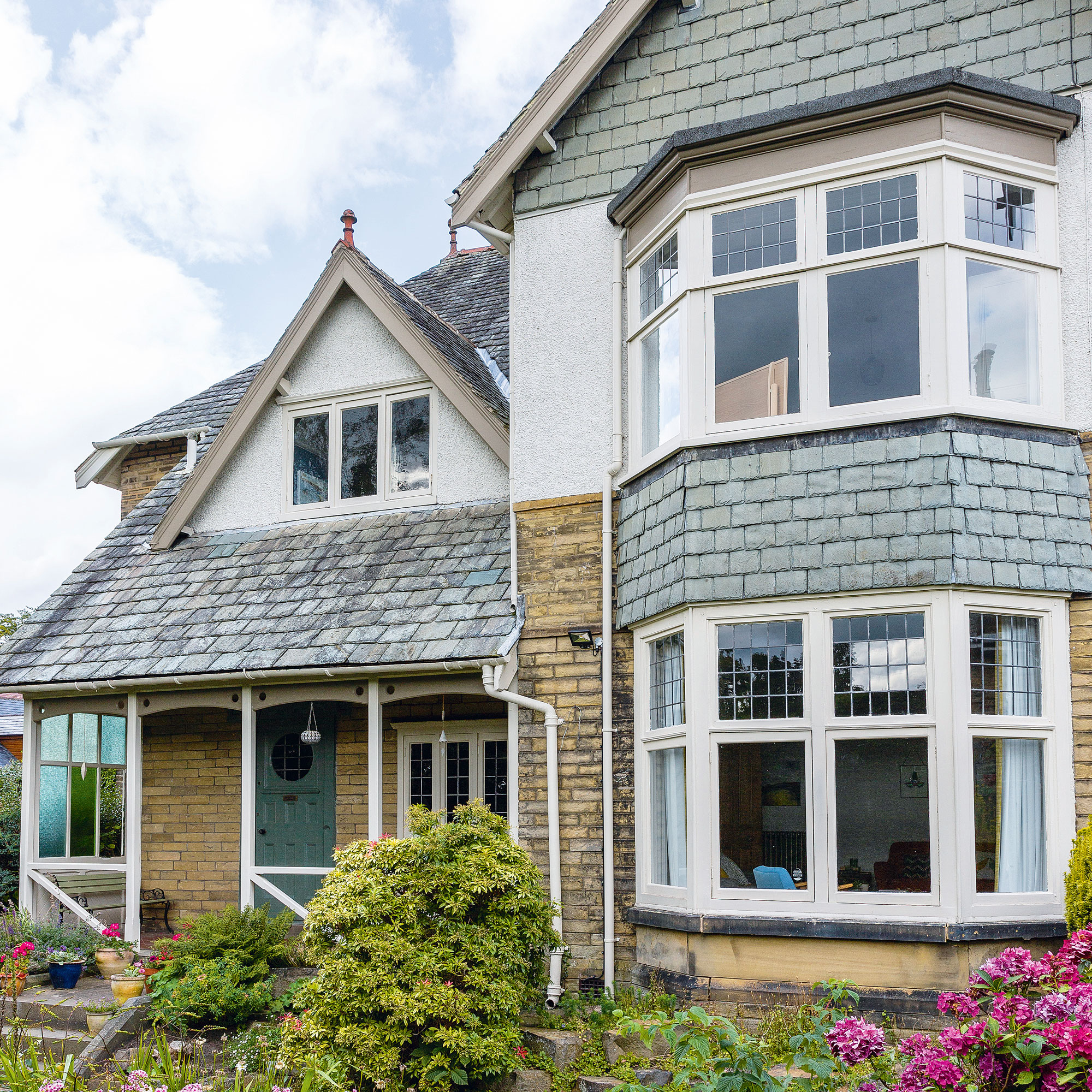
‘Before you make any changes to a property, you need to understand the balance of how you use and heat it, and how that will change once you’ve adding insulation. Things can get worse if a house is shifted out of balance,’ says Will Kirkman at Ecomerchant.
It might be that additional ventilation needs to be added to the house to help keep things in balance. Using vapour-open insulation materials that preserve the breathability of the building fabric is a great solution – namely natural products such as wood fibre. ‘Vapour open before must be vapour open after,’ says Will. An expert with a proven track record of working with your building type will be able to advise on the best solution for your unique home.
Get the Ideal Home Newsletter
Sign up to our newsletter for style and decor inspiration, house makeovers, project advice and more.
Picking up the best dehumidifier for your space will also help to keep the damp at bay.
2. The wrong wall finish
Following on from the above point, if you’re upgrading an older property with EWI, then it’s not just the insulation that needs to stay vapour-open. There’s no point investing in wood fibre and then covering it over with an inappropriate material like conventional sand-and-cement render. Lime render is a breathable option that could suit this kind of external wall insulation project. Remember: every layer added to the wall should complement the others.
Sometimes modern insulation products and external finishes can be the right solution, even for heritage walls. But this needs extremely careful design by an experienced specialist, as it might involve changing the wall from a breathable wall to a non-permeable wall. Consider cavity wall insulation to provide the best insulation for your home.
3. Planning permission challenges for EWI
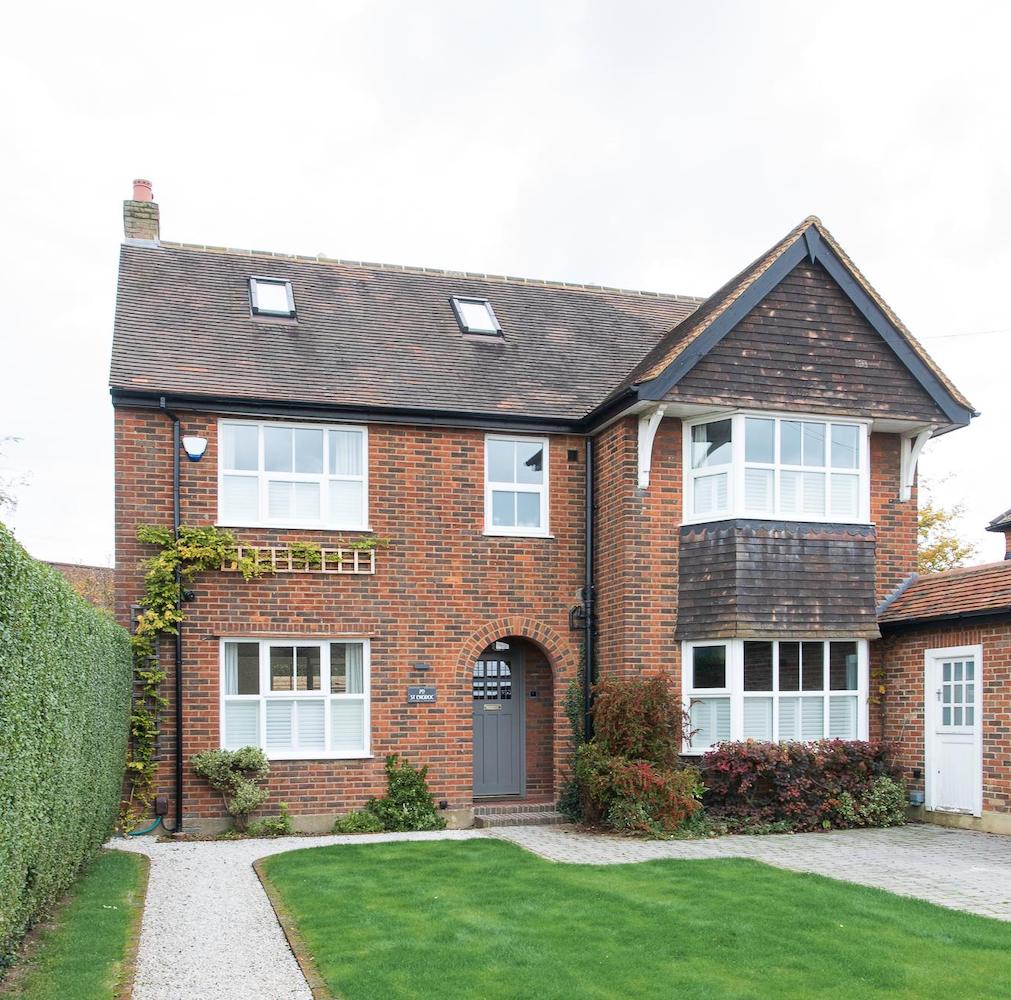
Even though adding external wall insulation to a house involves making changes to the external appearance of the building, it does generally fall within permitted development (PD). This means you don’t always need to apply for formal planning permission to add EWI to your house. However, PD rules are not applicable for every home. For instance, they don’t apply in locations where there are planning restrictions, such as conservation areas or listed buildings.
EWI is generally installed to improve energy performance in solid wall homes, which are more common in traditionally-built, pre-1920 houses. This kind of property may have heritage value, so the local planners might not be keen for you to change their appearance.
The best thing to do to avoid this kind of external wall insulation problems is simply to check that it is even allowed . Going ahead without such confirmation could result in costly fines or even a removal order. Pre-application advice is one option; or you can apply for a lawful development certificate. If it turns out that you can’t install EWI, then internal insulation could be your best bet.
4. Difficulty insulating around windows and doors
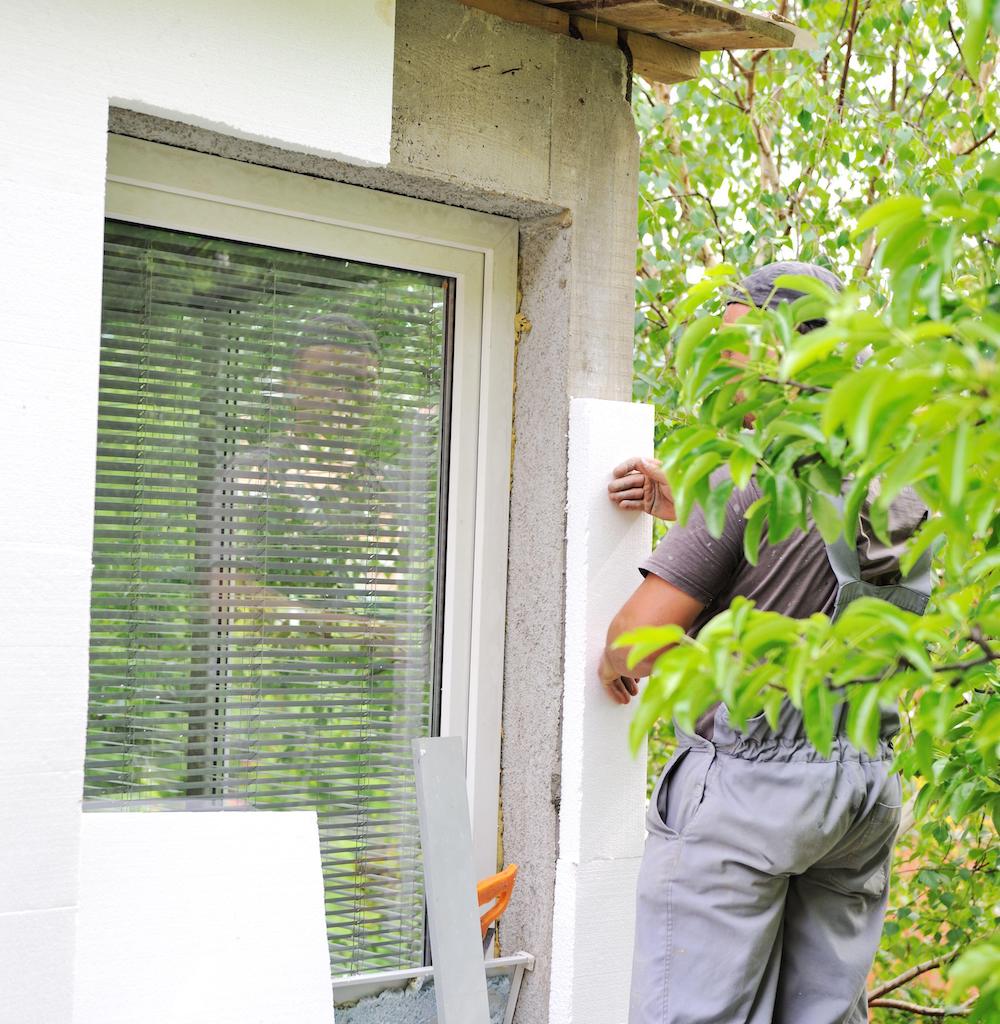
The frames and reveals at window and doors can create external wall insulation problems. Leave them uninsulated, and you’ll be creating cold bridges. As the name suggests, these provide a pathway for useful warmth inside the home to escape across the insulated envelope. This can drastically reduce your newly insulated home’s energy efficiency.
Gaps in insulation will also lead to drastic temperature differentials, which can cause condensation to form where warm internal air hits the cold section of wall – ultimately leading to damp and mould issues.
The problem is that window and door frames in traditional homes can be quite narrow. This makes it difficult to treat the reveals (the recessed side walls that join a window/door to the main facade) with standard external wall insulation.
You could switch to super-thin insulation for your property’s window and door reveals, which can achieve the desired performance in profiles as slim as 10mm. The right solution for your home will be decided during the pre-installation survey.
5. Installation mistakes
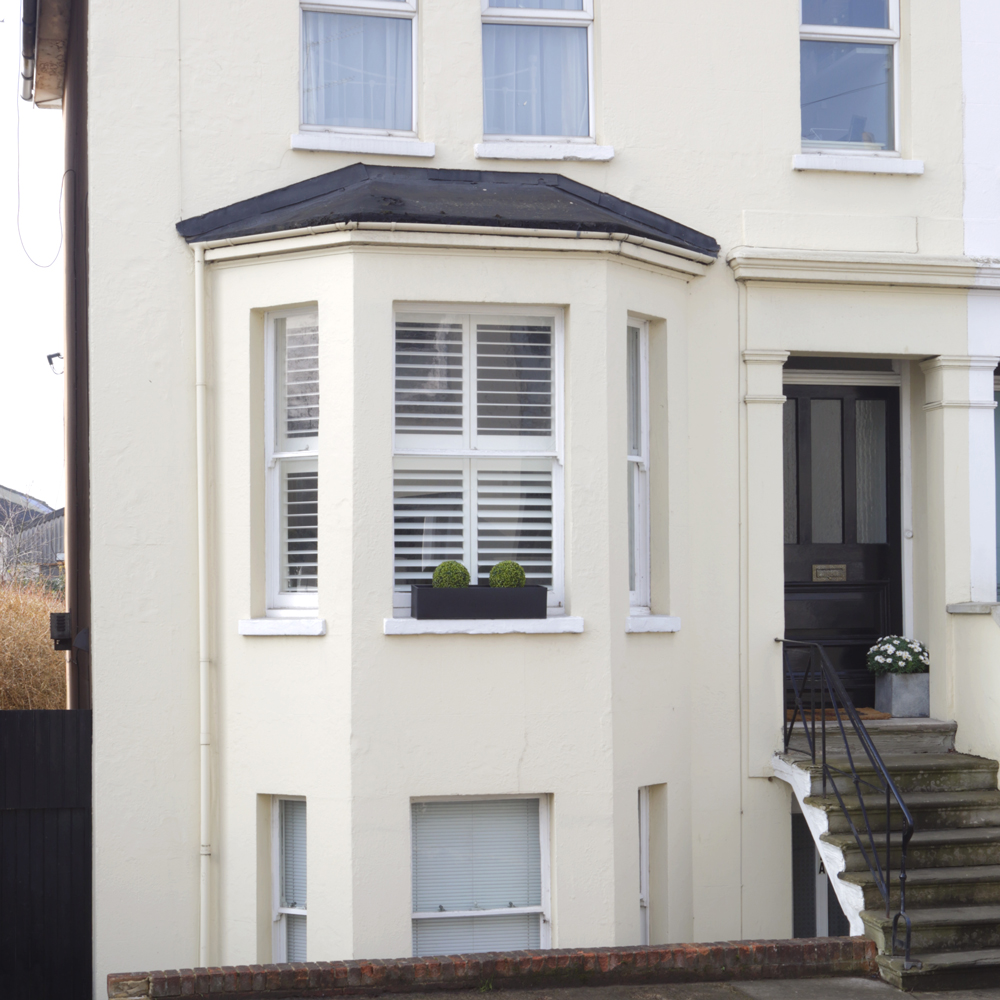
All the above underline the importance of employing an experienced company to design and install the right external wall insulation for your property.
There are lots of avoidable external wall insulation problems that you could face if you use an inexperienced installer. Such as incorrect fixings used to hold the insulation in place, issues around the depth of roof overhangs and more. Remember that your property is unique and needs a thorough assessment before any work is done. This will ensure your external wall insulation works as it should and you can reap the benefits of a cosy, efficient home.
‘Issues with retrofit insulation are extremely uncommon and installers approved by industry bodies have to install approved systems to industry technical best practice in order to be issued with a guarantee, which will protect the homeowner,’ says Nigel Donohue, CEO, Insulation Assurance Authority. The IAA has a list of regional approved installers on its website.

Rhoda Parry was the Editorial Director of Ideal Home and its sister titles, 25 Beautiful Homes and Style at Home from 2021-2022. She wass also Editorial Director for Gardeningetc, Amateur Gardening and Easy Gardens. Rhoda is a highly experienced editor and journalist and has worked on many women's lifestyle media brands throughout her career. For the last 20 years, she has specialised in homes, interiors and gardens.
-
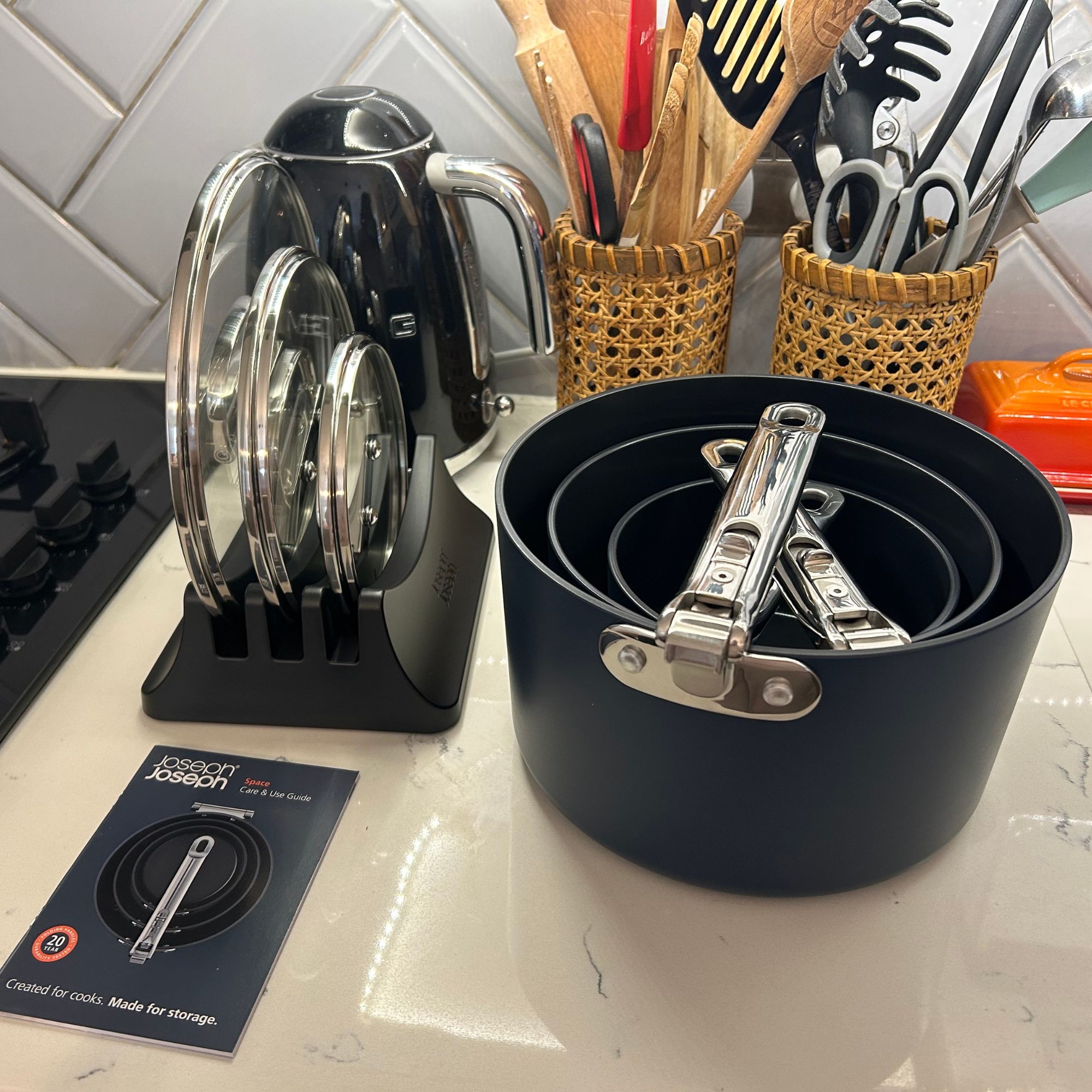 Joseph Joseph 3-piece Saucepan review – seriously space-saving
Joseph Joseph 3-piece Saucepan review – seriously space-savingSmall kitchen? I tested this innovative Joseph Joseph space-savvy set which has foldable handles — and I loved it
By Annie Collyer
-
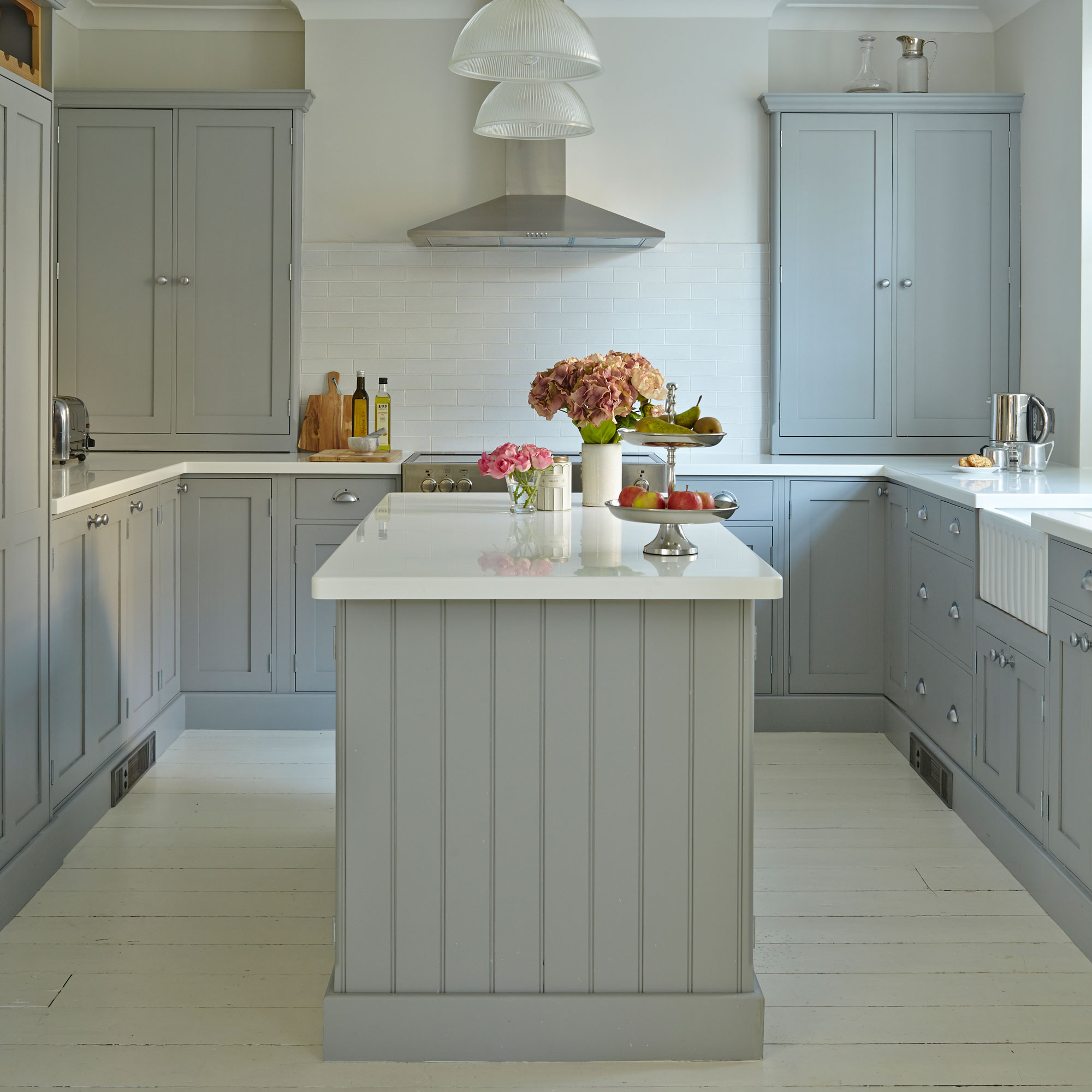 Forget seating, this is how you should be making the most out of your kitchen island in 2025
Forget seating, this is how you should be making the most out of your kitchen island in 2025Seating doesn't always have to be a necessity on an island when you can choose these ideas instead
By Holly Cockburn
-
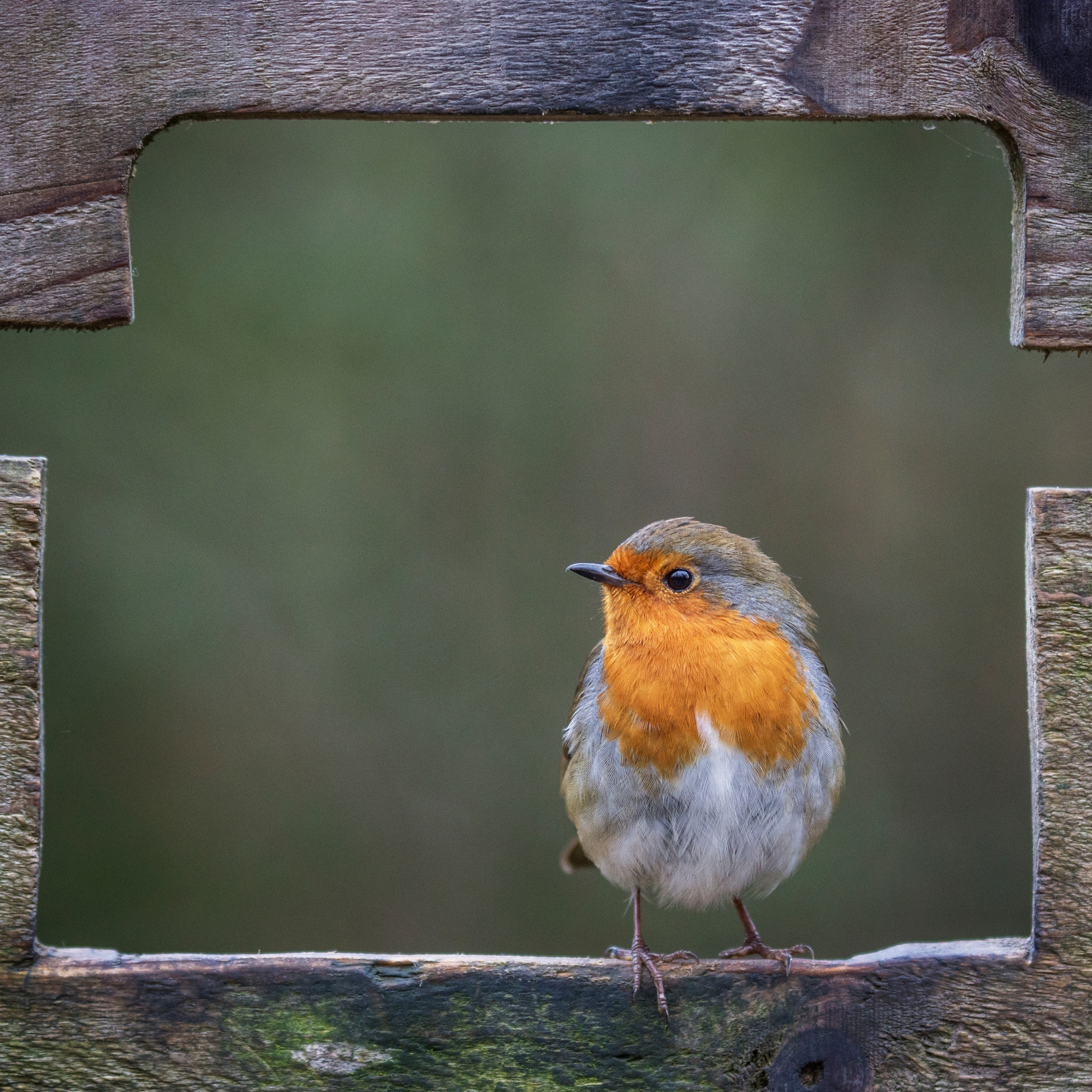 How to attract robins to your garden – experts reveal the exact bird box you need and where to place it
How to attract robins to your garden – experts reveal the exact bird box you need and where to place itRobins are the UK's favourite bird, and this is how you keep them coming back to your garden
By Kezia Reynolds